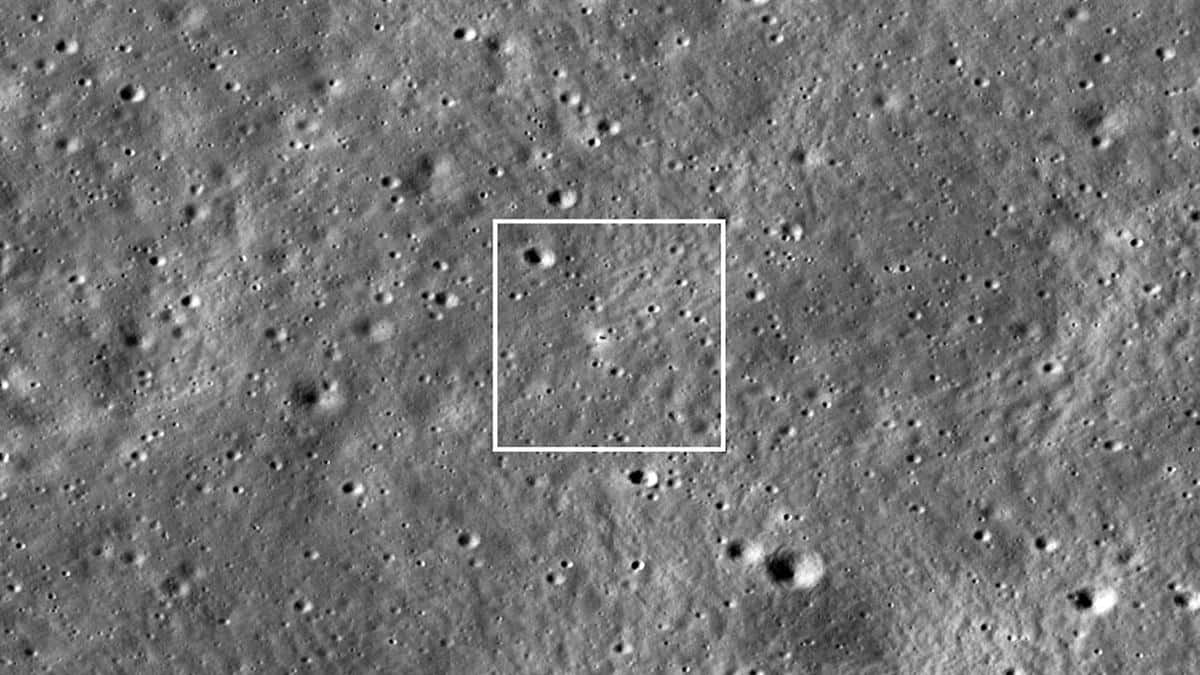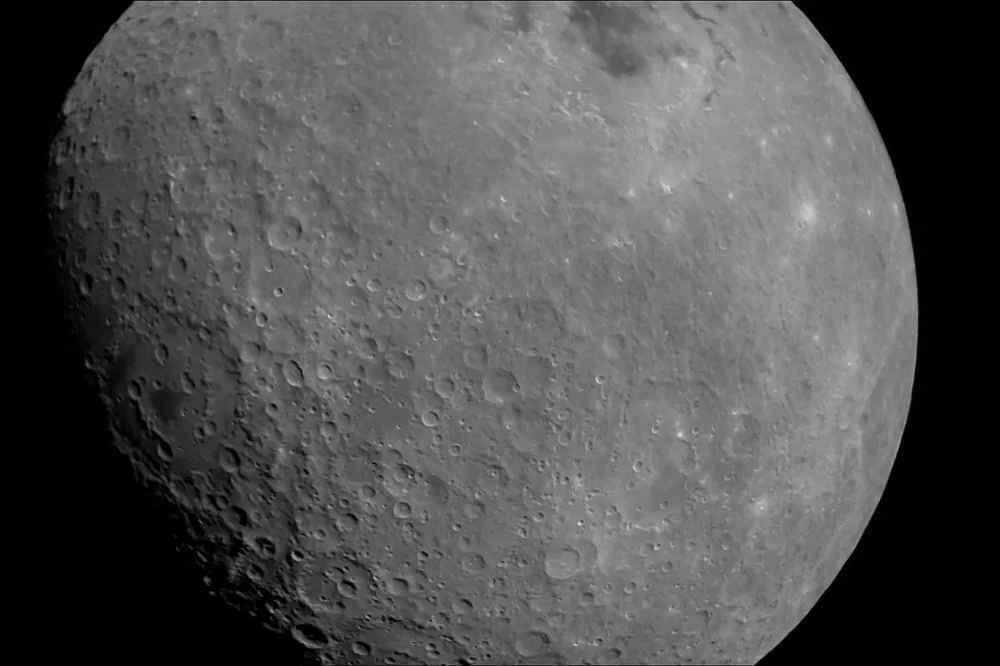This groundbreaking discovery, led by scientist Shuai Li from the University of Hawaii at Mānoa School of Ocean and Earth Science and Technology, could shed light on the distribution of water across the moon, particularly in its permanently shaded regions (PSRs).

In an intriguing revelation, high energy electrons within a plasma tail surrounding Earth have been found to play a vital role in shaping the lunar surface and possibly creating water on the moon
Understanding the presence and concentration of water on the moon is not only crucial for unraveling lunar evolution but also holds significant importance for planning future extended lunar missions. Water could serve as both sustenance and fuel for missions, potentially propelling exploration deeper into the solar system, including Mars.
Li’s theory connects the moon‘s water to Earth‘s protective magnetic bubble, the magnetosphere. This shield guards our planet from high energy electrons charged particles in the solar wind. As the moon orbits Earth, it traverses the magnetotail, an extension of the magnetosphere, which, akin to Earth’s magnetosphere, shields the moon from solar wind protons while allowing sunlight to reach its surface.
“This provides a natural laboratory for studying the conformation processes of lunar face water,” Li explained. Surprisingly, data from the Moon Mineralogy Mapper (MMM) aboard the Chandrayaan 1 spacecraft between 2008 and 2009 revealed that water formation remains nearly constant whether the moon is inside or outside the Earth’s magnetotail. This suggests additional water formation processes or sources within the magnetotail.
Li’s research pinpointed high energy electrons in the magnetotail as a significant factor, mirroring the effects caused by ions in the solar wind
Furthermore, it was found that these high energy electrons contribute to the oxidation of iron in the lunar polar regions. This discovery strengthens the connection between Earth and its moon in unexpected ways. The research team plans to further investigate the lunar plasma environment and water content at the lunar poles as part of the Artemis program, which aims to return humans to the moon in 2026, including the first woman and the first person of color on the lunar surface. The study was published on September 14 in the journal Nature Astronomy.
READ ALSO: Gen. Chance Saltzman Warns Of Intensifying Space Competition And Urges Strengthening Of Space Force




